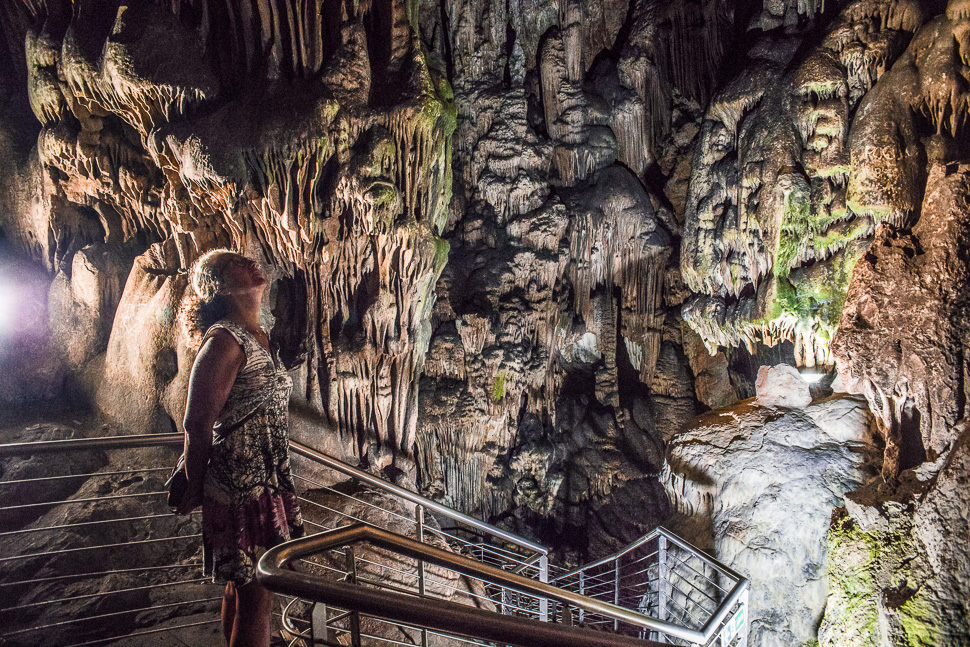
We had reached Gibraltar, the tiny British Overseas Territory consisting of 6.7 square kilometres around the Rock of Gibraltar, where 32,000 Gibraltarians live in a densely populated town.


In 1704, Anglo-Dutch forces captured Gibraltar from Spain during the War of the Spanish Succession on behalf of the Habsburg claim to the Spanish throne. The territory was indefinitely given to Great Britain under the Treaty of Utrecht in 1713. Since then it remained a British territory, but until today Spain claims the headland. Gibraltarians rejected proposals for Spanish sovereignty in a 1967 referendum and, in a 2002 referendum, the idea of shared sovereignty was also rejected.




Taxis are waiting just behind the border to drive you to all the sights. We payed 90 Euros, including the entrance to the Rock of 17 Euros/person. We enjoyed that we could ask our driver everything which came to our mind and that we got to all the sights without walking through the heat.




Within the Rock of Gibraltar, more than 150 caves can be found with beautiful stalactites and stalagmites formed by the rainwater slowly seeping through the limestone rock. Traces of prehistoric humans have been discovered and already the Neanderthals might have set foot into this cave around 40.000 BC.







Legend has it that the Barbary macaques reached the Rock of Gibraltar from Morocco through a subterranean tunnel of 24 km which passes under the Strait of Gibraltar. The seemingly bottomless cave of St. Michael was believed to be one end of this tunnel.




The rock is not only perforated with natural caves, but also with man made tunnels, like the Great Siege Tunnels, a series of tunnels inside the northern end of the rock. They were dug out from the solid limestone by the British during the Great Siege of Gibraltar of the late 18th century.






In the morning we watched the Gibraltarians queuing in front of the border to get out and in the evening to get back in again. Since this is a Shengen border, they take the control seriously. From Stanley we had learned that Spain had completely closed the border with Gibraltar and severed all communication links in 1969 and it was not completely reopened until 1985. During that time Gibraltar could only be reached by plane or via ferry from Morocco.

To enter Gibraltar with your own car or even a camper makes no sense. There is a spacious parking for campers at the harbour just in front of the border, which was very comfortable. From there it was a short walk through the border, over the runway and into town.
After our visit to Gibraltar we spent half a day at a beach just east of the rock, before we left the coast to explore a little inland. More on our next post!
